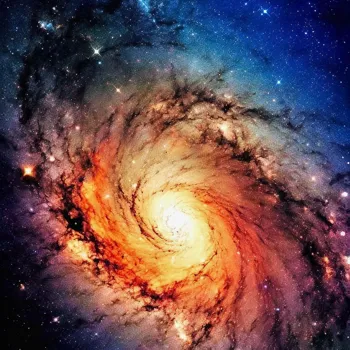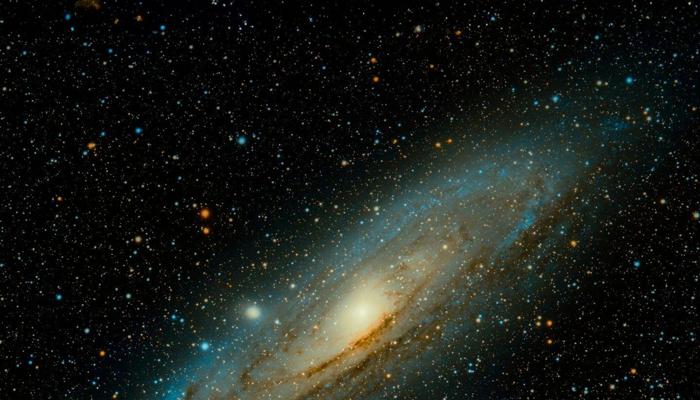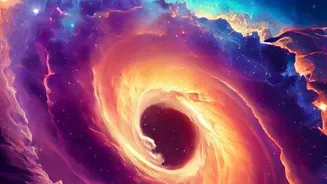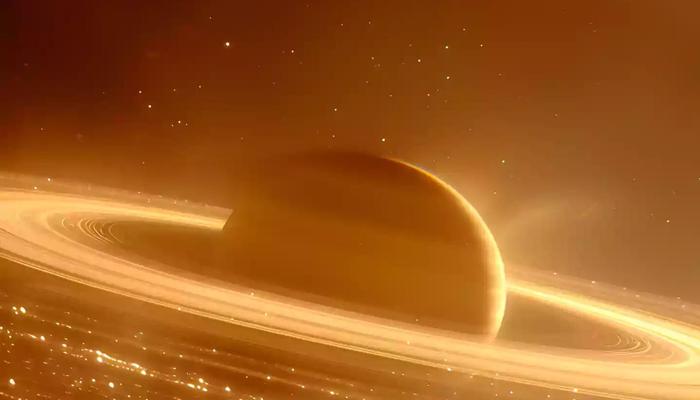Explore 10 Atenge Celestial Wonders That'll Amaze You! From diamond planets to mysterious signals, the cosmos is full of surprises. Read on for mind-boggling insights!
Namaste, stargazers! Get ready to
have your minds blown because the cosmos is full of amazing things that go way beyond just pretty stars.

Forget your usual planets and constellations; we're diving headfirst into ten truly unusual celestial phenomena that will leave you scratching your head and wanting to know more. These events are so peculiar, so mind-boggling, they are sure to make you feel small in the best possible way.
So, put on your thinking caps, adjust your telescopes (metaphorically, of course), and prepare to be amazed by the universe's strangest secrets! These are things even your panditji might not have told you!
From ghostly lights to diamond planets, the universe is basically a never-ending show of wonders. Let's explore!
Mysterious 'Steve' lights up sky, distinct from auroras, a rare phenomenon
First up, we have the 'Steve' (Strong Thermal Emission Velocity Enhancement) - not to be confused with your uncle! This isn't your regular aurora borealis (Northern Lights) or aurora australis (Southern Lights).
Steve is a ribbon of purple or pink light that looks like an aurora but acts differently. Scientists don't fully understand what causes it, but it's thought to be related to fast-moving streams of hot plasma in the Earth's ionosphere.
Imagine streaks of vibrant colours painting the night sky, not from solar flares like the aurora, but from something completely different. It's a mystery unfolding right above our heads! Auroras are common sights, but Steve is more elusive.
Imagine witnessing this uncommon sight, a purple ribbon dancing alongside the familiar green auroras! It’s a different kind of experience and beauty in the night sky.
Some exoplanets may be giant diamonds!
Next, let's talk about 'Diamond Planets'. Just the name is enough to make you sparkle! Some exoplanets (planets outside our solar system) are believed to be made mostly of carbon. Under intense pressure and heat, this carbon can crystallize into a giant diamond!

Imagine a planet-sized diamond floating in space! One such planet, 55 Cancri e, is twice the size of Earth and eight times its mass. It’s estimated to be worth a staggering $26.9 nonillion (that's a 26 followed by 30 zeros!).
While we can't exactly mine it, it's a dazzling reminder that the universe is full of surprises, even literal riches beyond our wildest dreams. Who needs gold when we have diamond planets, eh? This planet's density and carbon-rich atmosphere led to the diamond planet theory.
Mysterious Fast Radio Bursts from space captivate scientists
Then there are 'Fast Radio Bursts' (FRBs). Imagine a distant galaxy sending out millisecond-long bursts of radio waves, packing as much energy as the sun emits in several days! These FRBs are incredibly powerful and mysterious.
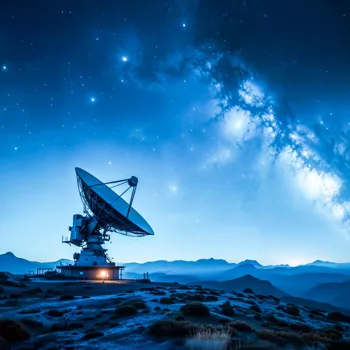
Scientists are still debating their origin, but theories range from colliding neutron stars to messages from alien civilizations! The bursts are so short and unpredictable that capturing them is a real challenge. Yet, each FRB offers a tantalizing glimpse into the unknown depths of the cosmos.
Are they natural phenomena, or are we overhearing a cosmic conversation? The mystery continues! Each FRB is like a cosmic enigma, begging to be solved. Think of it as a radio ping from the depths of space.
A mysterious radio signal from space stirs speculation on alien contact
Our fourth wonder is the 'Wow! Signal'. In 1977, a radio telescope picked up a strong, narrow-band radio signal from deep space. It lasted for 72 seconds and never repeated. An astronomer wrote "Wow!" on the printout, hence the name.
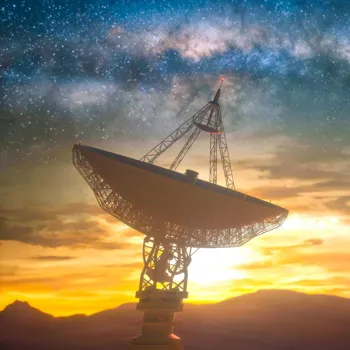
The signal's characteristics suggested it could have been artificial in origin, sparking decades of speculation about alien contact. To date, the Wow! signal remains unexplained. Was it a fluke, or was it a genuine attempt to communicate?
The mystery lingers, reminding us of the vastness of space and the possibility of life beyond Earth. It's a reminder that we are not alone in the universe. The excitement of that radio signal is still alive!
Neutron stars with intense magnetic fields - Magnetars reveal extreme cosmic physics
Let's move on to 'Magnetars'. These are neutron stars with incredibly strong magnetic fields – trillions of times stronger than Earth's! If you were close enough to a magnetar, its magnetic field could rip apart your atoms. Thankfully, they are far, far away.
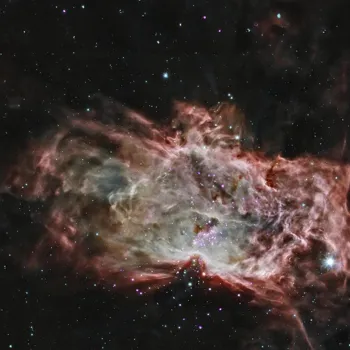
Magnetars are formed when massive stars collapse at the end of their lives. They occasionally emit powerful bursts of X-rays and gamma rays. These bursts can be detected across vast distances and provide scientists with valuable insights into the extreme physics that occur in these objects.
These cosmic monsters are dangerous, yet fascinating. It's like having a super-powered dynamo in space! These stars are not like our sun!
Galaxies cluster, leaving vast voids, a cosmic mystery
Our sixth cosmic oddity is 'Cosmic Voids'. The universe isn't uniformly filled with galaxies. Instead, galaxies cluster together in filaments and sheets, leaving vast empty regions called cosmic voids. These voids can be hundreds of millions of light-years across and contain very few galaxies.
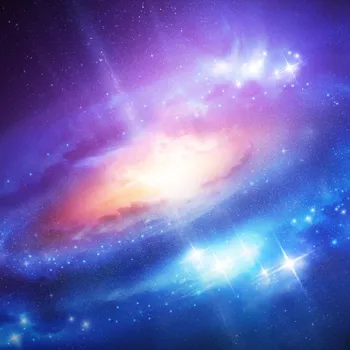
Why these voids exist remains a topic of research. They could be remnants of the early universe or influenced by dark energy. Imagine swimming across voids in space! It's like the universe has hidden places. The cosmic web isn't as crowded as we thought!
These regions are quite interesting and unique.
Quasars: supermassive black holes, brightest in cosmos, key to understanding early universe
Quasars' are up next. These are supermassive black holes at the centers of distant galaxies, feeding on surrounding matter. As matter spirals into the black hole, it heats up and emits enormous amounts of energy, making quasars some of the brightest objects in the universe.
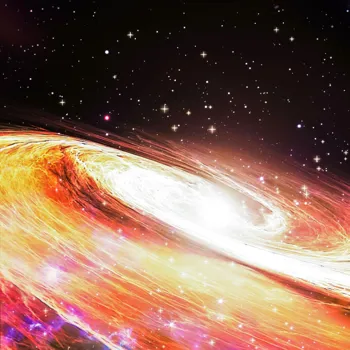
Some quasars are so far away that their light has taken billions of years to reach us. Studying quasars allows scientists to probe the early universe and understand how galaxies formed and evolved. Also, they're also the most powerful light house beacons of the universe.
They are the brightest beacons in the cosmos, outshining entire galaxies! Imagine observing the light that has travelled billions of years to reach Earth!
Brown dwarfs are celestial objects between stars and planets, emitting faint heat and infrared
Eighth on our list are 'Brown Dwarfs'. These are objects that are bigger than planets but smaller than stars. They don't have enough mass to sustain nuclear fusion in their cores, so they don't shine like stars. Brown dwarfs are often called "failed stars".
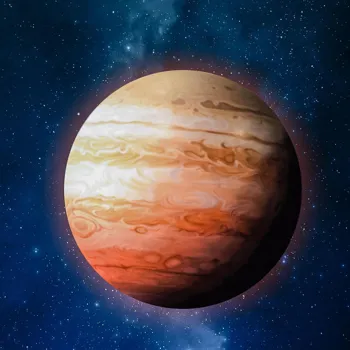
They emit a faint amount of heat and infrared radiation. Studying brown dwarfs helps scientists understand the boundary between stars and planets, and how these objects form. Brown dwarfs remain as objects shrouded in cosmic secrets. They exist between stars and planets!
They are not exactly stars, nor just planets, like "almost there."
Dark Matter: mysterious, invisible substance shaping the universe
Nearing the end we have 'Dark Matter'. This mysterious substance makes up about 85% of the matter in the universe, but it doesn't interact with light, making it invisible to telescopes. Scientists know dark matter exists because of its gravitational effects on galaxies and galaxy clusters.
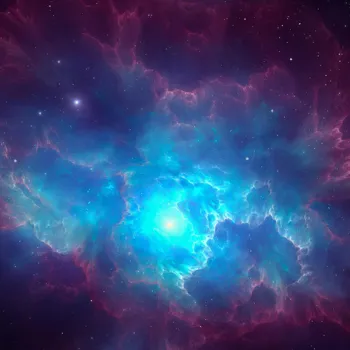
The nature of dark matter remains one of the biggest mysteries in modern physics. Many experiments are underway to try and detect dark matter particles directly. It's the invisible glue that holds the universe together! Dark matter is truly a puzzle and exists everywhere, but we just cannot see!
Gravity bends light via gravitational lenses, revealing distant galaxies
Finally, we have "Gravitational Lenses." Gravity bends light. Massive objects like galaxies or galaxy clusters can act as lenses, bending and magnifying the light from objects behind them.

This phenomenon, called gravitational lensing, allows scientists to observe distant galaxies that would otherwise be too faint to see. It also provides valuable information about the distribution of mass in the lensing galaxy or cluster. It’s like the cosmos giving itself a magnifying glass!
This helps magnify images from the past! It demonstrates gravity's fantastic tricks.
Ten unusual celestial phenomena to spark wonder and awe in you
So, there you have it – ten unusual celestial phenomena that will hopefully leave you feeling a bit more awestruck by the universe. Keep looking up, keep wondering, and who knows what other cosmic surprises await us? Jai Hind!
